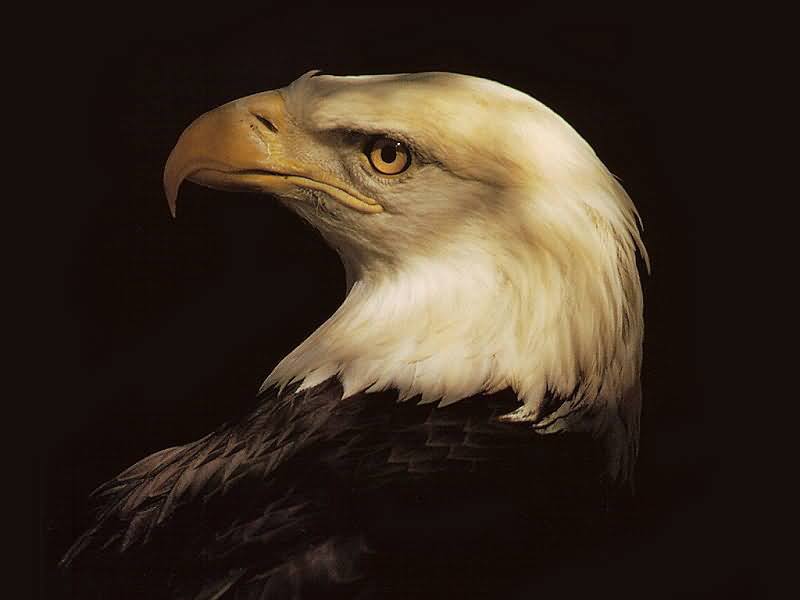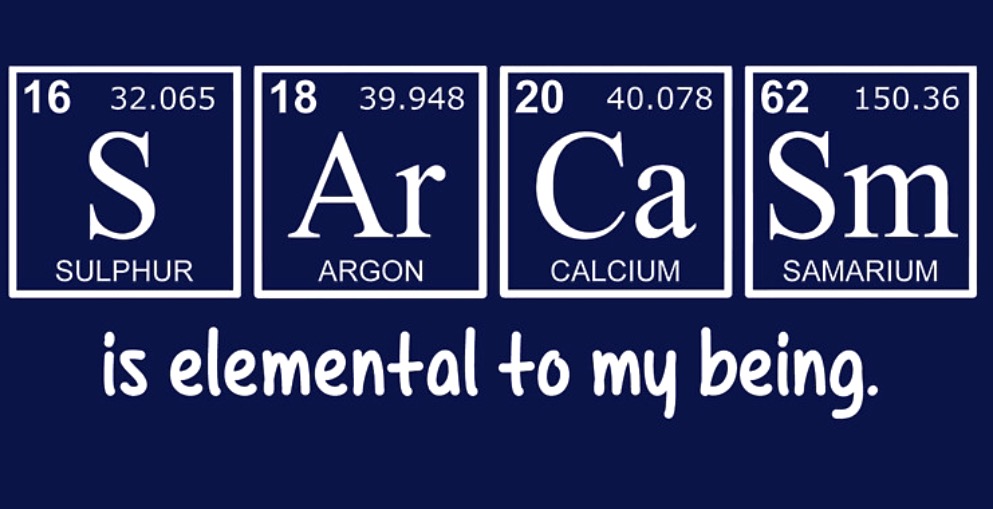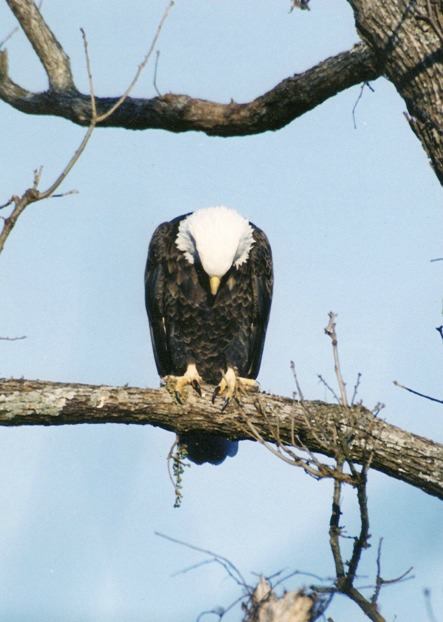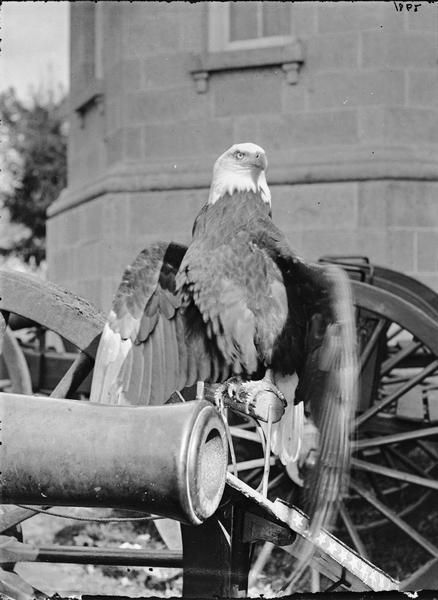Tag: Symbols
The Eagle’s Revenge
The Eagle’s Revenge
Once a hunter in the mountains heard a noise at night like a rushing wind. He went outside his tepee, and found an eagle was sitting on the drying pole, feasting on the deer he had shot. So he shot the eagle.
The next morning the hunter took the deer back to the village. He told how he had shot the deer and then the eagle. Therefore, the chief sent out men to bring in the eagle, and have an Eagle dance.
That night when they were dancing, there was a whoop outside. A strange warrior walked into the circle. He was not of that village. They thought he had come from one of the other Cherokee villages.
This warrior told how he had killed a man. At the end of the story, he yelled, “Hi!” One of the men with rattles, who was leading the dance, fell dead. The stranger sang of another deed. At the end he yelled, “Hi!” Another rattler fell dead. The people were frightened. But the stranger sang of another great deed. Then again he yelled, “Hi!” Again a man with the rattles fell dead. So all seven men who had rattles and who were leading the dance fell dead. And the people were too frightened to leave the lodge where they were dancing.
Then the stranger vanished into the darkness. Long after they learned that the stranger was the brother of the eagle that had been killed.
American History: Old Abe
Old Abe, the American War Eagle, was the mascot of the 8th Wisconsin Regiment in the Civil War. Old Abe was in thirty-nine battles during the Civil War including Fredericktown, and the Siege of Vicksburg. Old Abe was not just a mascot, but became a patriotic symbol for the entire nation
Old Abe, Wisconsin’s Civil War Eagle
Old Abe, a tame bald eagle, was the mascot of the 8th Regiment of Wisconsin Volunteer Infantry in the Civil War and became a living symbol of the Union at war. He traveled with the 8th throughout the regiment’s participation in campaigns in the Western Theater from 1861 to 1864. Carried on a perch atop a shield, Old Abe was never wounded in any of the 37 engagements he participated in. He became famous for spreading his wings and shrieking at appropriate moments and was glorified by the Northern media. The 8th donated him to the government of Wisconsin, and Old Abe spent his postwar years living at the state Capitol, attending political rallies and being displayed at charity fundraisers.
More on Old Abe’s Life and Legacy
Ah-ga-mah-we-zhig (Chief Sky) of the Lac du Flambeau Lake Superior Chippewas captured Old Abe when he was an eaglet in 1861. Chief Sky traded the eaglet to the McCanns of the Jim Falls area. The McCanns later sold the adolescent eagle to the Eau Claire company of the Wisconsin Volunteer Infantry who named him Old Abe. The Eau Claire company combined with others to form the 8th regiment, and Old Abe became famous as their mascot and a constant presence in battle, on the march and in camp. During his life with the regiment, Old Abe became known for pilfering from the camp, spreading his wings on command and dancing to music.
In 1863 the 8th Wisconsin presented Old Abe to the state, and the eagle spent the rest of his life captive at the Capitol building in Madison or on display for various political, social and cultural causes. Old Abe’s living conditions while in the government’s care declined over time and he suffered from exhaustion, exposure and malnutrition on a number of occasions.
In 1881 a small fire broke out in the basement of the Capitol, igniting stored paints and oils and filling Old Abe’s quarters with smoke. The flames did not reach Old Abe’s confines, but the smoke seemed to negatively affect his health. He sickened and died within a month.
After his death, the state had Old Abe’s corpse preserved by taxidermy. He was displayed at the Wisconsin Historical Society until 1903 when he was moved to the G.A.R. Memorial Hall in the Capitol. A fire the next year in 1904 consumed his remains.
During his life and after his death, Old Abe has been the subject of numerous semi-fictionalized accounts and tributes.




